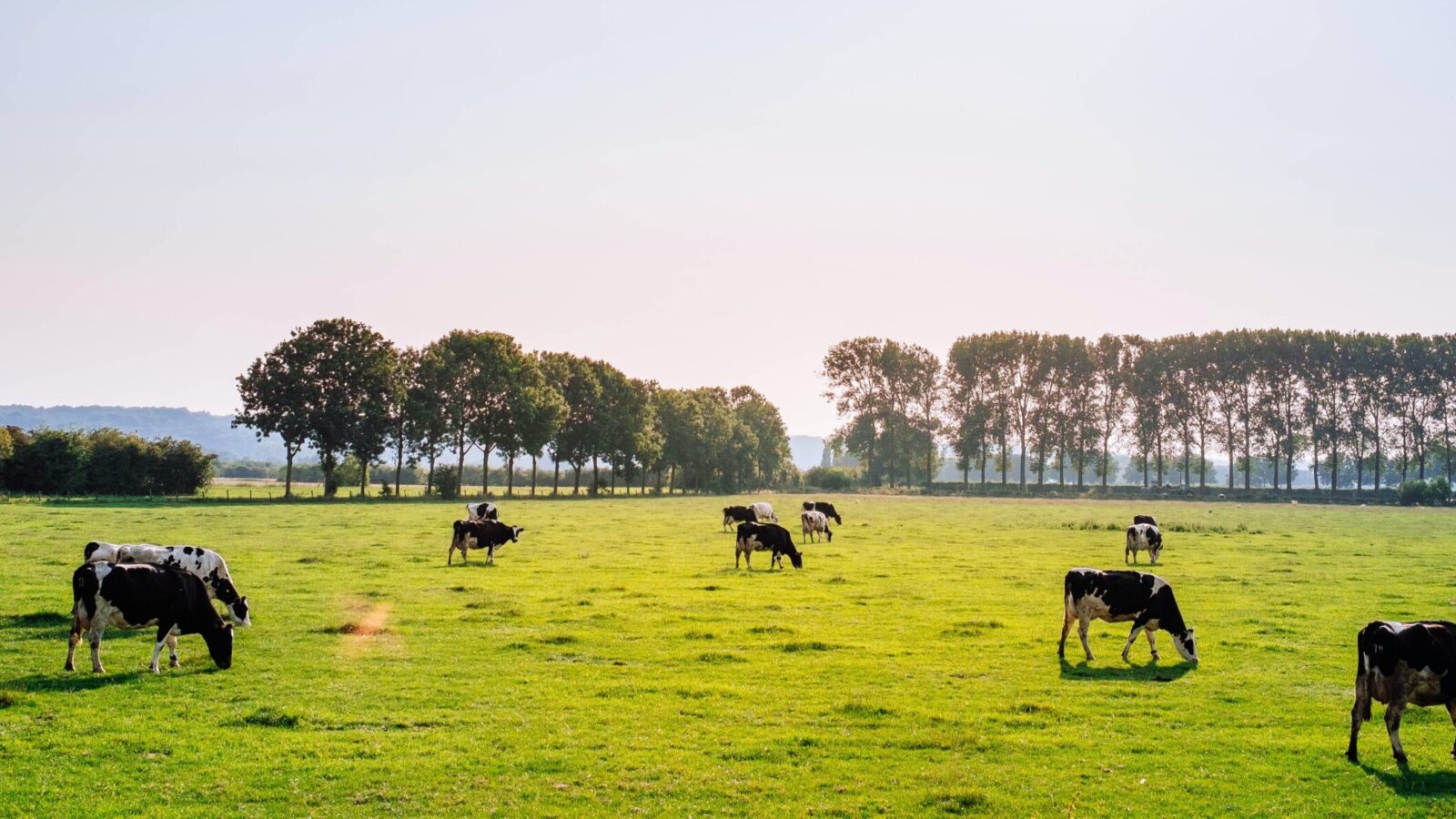
The 2016 U.S. Dairy Sustainability Report shows that more than 80 percent of the U.S. supply has voluntarily pledged to adopt best practices for dairy traceability. This will provide the capacity to track a product through all stages of production, processing and distribution.
The 2016 report was presented to stakeholders in Washington DC on July 28 and provided an update on the progress of the U.S. Dairy Sustainability Commitment – an industry-wide effort to measure and improve the economic, environmental and social sustainability of the dairy community. The report describes the Innovation Center for U.S. Dairy’s strategic plan focused on social responsibility, including nutrition, food safety, animal welfare and other topics.
A growing number of dairy businesses are sharing their sustainability goals, practices and performance through sustainability reports. To date, 31 Innovation Center Board organizations have published dairy sustainability reports, and many report against metrics from the Sustainability Stewardship Framework for US Dairy.
In the previous month, the Innovation Center honored three farms for outstanding dairy sustainability. The award winners are:
Kinnard Farms, Casco, Wisconsin
The Kinnard family milks more than 7,000 cows — a scale that allows them to maximize cow comfort while supporting their rural community. They retain the area’s young, college-educated residents by employing them to innovate farm technology. The Kinnards are often on the cutting edge; they made a first-of-its-kind sand recycling center — one that uses no freshwater in the process — to separate, wash and dry sand for repeated use. Sand is this farm’s preferred bedding material because it provides comfort and sure footing for cows and is bacteria-free, keeping udders healthy.
Rickreall Dairy, Rickreall, Oregon
Rickreall, Ore., residents know Louie Kazemier as a good neighbor. In fact, his relationships are the force behind his farm’s frequent improvements. For example, when solids were building up in the manure lagoon, Louie initiated trade with a seed farmer to provide fertilizer in exchange for feed. He also collaborated with a local food processor to use their wastewater for irrigation. Kazemier depends on a whole-system approach to tend to what matters — and that turns out to be everything. The results are big: for one, most of the dairy’s 25 employees have been there for more than 20 years.
SwissLane Farms, Alto, Michigan
This farm is 23 miles from downtown Grand Rapids, the second-largest city in Michigan. That poses both pressures from urban sprawl and opportunities to reach people several generations removed from the farm. Since 2006, SwissLane’s Dairy Discovery program has taken advantage of this opportunity, offering farm tours that have reached more than 36,000 students, teachers and families. They have plenty to demonstrate when it comes to sustainable practices. After a farm energy audit, SwissLane’s Dairy made improvements that reduced energy costs by 17 percent per cow. They also took steps to become verified through the Michigan Agriculture Environmental Assurance Program.


